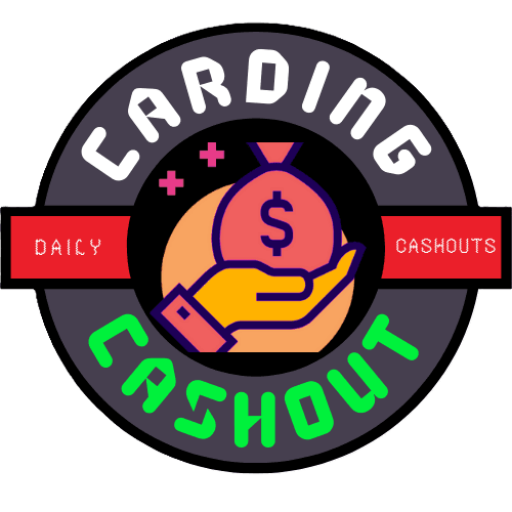Carding and Cashouts
What is Spamming: How To Spam Bank Logs and Credit Cards Information [Educational Only]
Introduction
In this article, we will delve into the methods used by hackers, also known as spammers, to acquire bank and credit card information. Please note that the information provided here is for educational purposes only and should not be used for illegal activities.
Before we proceed, it’s important to mention that this video is sponsored by airshiptech.com.ng, a trusted platform for selling gift cards, cryptocurrency, data bundles, and airtime. If you’re interested, you can register on their website to enjoy their services.
Hackers primarily use spamming techniques to obtain the account information they need. The two most commonly used methods are email spamming and SMS spamming. Let’s take a closer look at how these techniques work.
Spamming Tools: To engage in spamming, several tools are required. These include:
- Scam Pages: Scam pages are websites designed to mimic the login pages of legitimate companies like PayPal. These pages are used to capture login information such as usernames and passwords and send them to the desired location.
- cPanel: cPanel is a web hosting control panel software that simplifies the process of hosting a website. Spammers use cPanel to upload their scam pages and make them live on the internet.
- Letters: In spamming, letters refer to the content sent to email addresses or phone numbers. These letters often contain fake notifications intended to trick victims into accessing a website and inputting their login information.
- Mailer or SMS Sender: Spammers use mailer tools or SMS senders to distribute their spam content. Email spammers use SMTP servers to send out letters, while SMS spammers use either API or banner gateways to send content to phone numbers.
Now, let’s dive into the step-by-step process of spamming as demonstrated in the video:
- Obtain scam pages designed to resemble the login pages of targeted platforms such as Cash App or Huntington Bank.
- Use a cPanel service to host the scam pages. Look for a cPanel provider that offers an HTTPS SSL certificate for added security.
- Upload the scam pages to the cPanel’s file manager.
- Extract the uploaded scam pages and delete any unnecessary files.
- Editing the Scam Page:
- Access the hosted scam page through the cPanel.
- Edit the scam page to ensure that the login input is sent to the desired location, typically an email address.
- Save the changes made to the scam page.
- Letter Creation:
- Obtain a letter relevant to the targeted platform (e.g., Cash App) or create one yourself.
- Edit the letter using a text editor like Notepad++.
- Replace the URL in the letter with the link to your hosted scam page.
- Save the changes made to the letter.
- Email Spamming:
- Obtain a mailer tool that allows you to send out spam emails.
- Import a list of email addresses as recipients.
- Customize the email template, including the subject and sender details.
- Insert the edited letter into the email.
- Send the spam emails to the targeted recipients.
- Victims who click on the phishing link and input their login information will unknowingly send that data to the designated email address.
- SMS Spamming:
- Acquire a gateway device connected to a SIM card.
- Select the leads (phone numbers) you wish to target.
- Craft a spam message or notification.
- Send the SMS spam to the targeted phone numbers.
- Those who interact with the message and provide their login information will have it sent to the intended address.
Please remember that engaging in such activities is illegal and unethical. This article is purely educational and aims to raise awareness about the methods employed by hackers.
Introduction
Spamming, Hackers, Bank Logs, Credit Card Information, Scam Pages, cPanel, Letters, Mailer, SMS Sender, Email Spamming, SMS Spamming, Phishing.
Introduction
- Is spamming illegal? Engaging in spamming activities is illegal and can lead to severe consequences, including fines and imprisonment. This article is for educational purposes only and does not encourage or promote illegal activities.
- Can I use the information provided in this article to protect myself against spamming? No, this article focuses on explaining the methods used by hackers to conduct spamming activities. To protect yourself from spamming, it is advisable to follow best practices such as being cautious while sharing personal information online, using strong and unique passwords, and being diligent when verifying the authenticity of emails and messages.
- Are there any legal uses of spamming techniques? While spamming is predominantly associated with illegal activities, there are legal and ethical uses of similar techniques, such as email marketing campaigns and SMS notifications sent by legitimate businesses. However, it is crucial to comply with applicable laws and regulations governing such activities.
- How can I report spam or phishing attempts? If you receive a suspicious email or SMS that you believe to be spam or phishing, you can report it to the relevant authorities in your country. Additionally, most email providers and phone carriers have mechanisms in place to report and block spam messages.




